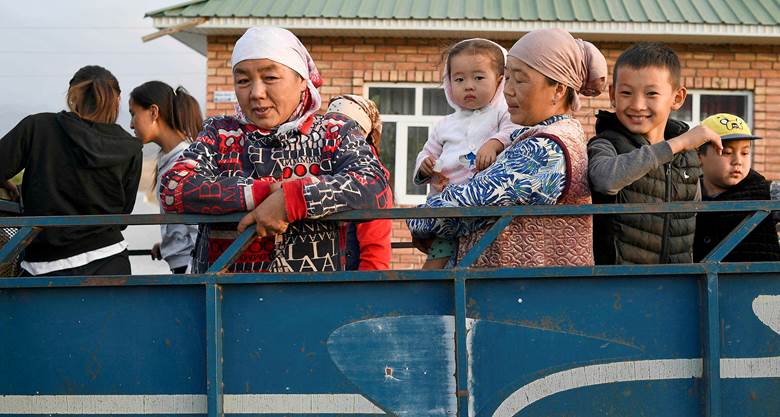Free Courses Sale ends Soon, Get It Now


Free Courses Sale ends Soon, Get It Now



Copyright infringement not intended
Context: Nearly 100 people have been killed and scores injured in violent border clashes between Kyrgyzstan and Tajikistan over the last week. A ceasefire, brokered by Russia, was agreed on Friday. The two landlocked countries share a 1,000-km long border, a large part of which is disputed. There have been flare-ups in the past as well over sharing water and land resources.
Details:
What led to the current flare-up?
What is the road ahead?
https://epaper.thehindu.com/Home/ShareArticle?OrgId=GE4AAEGG1.1&imageview=0
© 2024 iasgyan. All right reserved